Your choice in that travel credit card was a great decision. You are extremely proud of all the air miles you earn for your normal daily purchases. Furthermore, you get an annual fee waiver every year. Additionally, your card comes with complimentary travel insurance. You’re an all-star and you’ve taken advantage of all the deals. However, your free travel insurance may not be everything you hope it is.

kitzcorner/shutterstock.com
What is travel insurance?
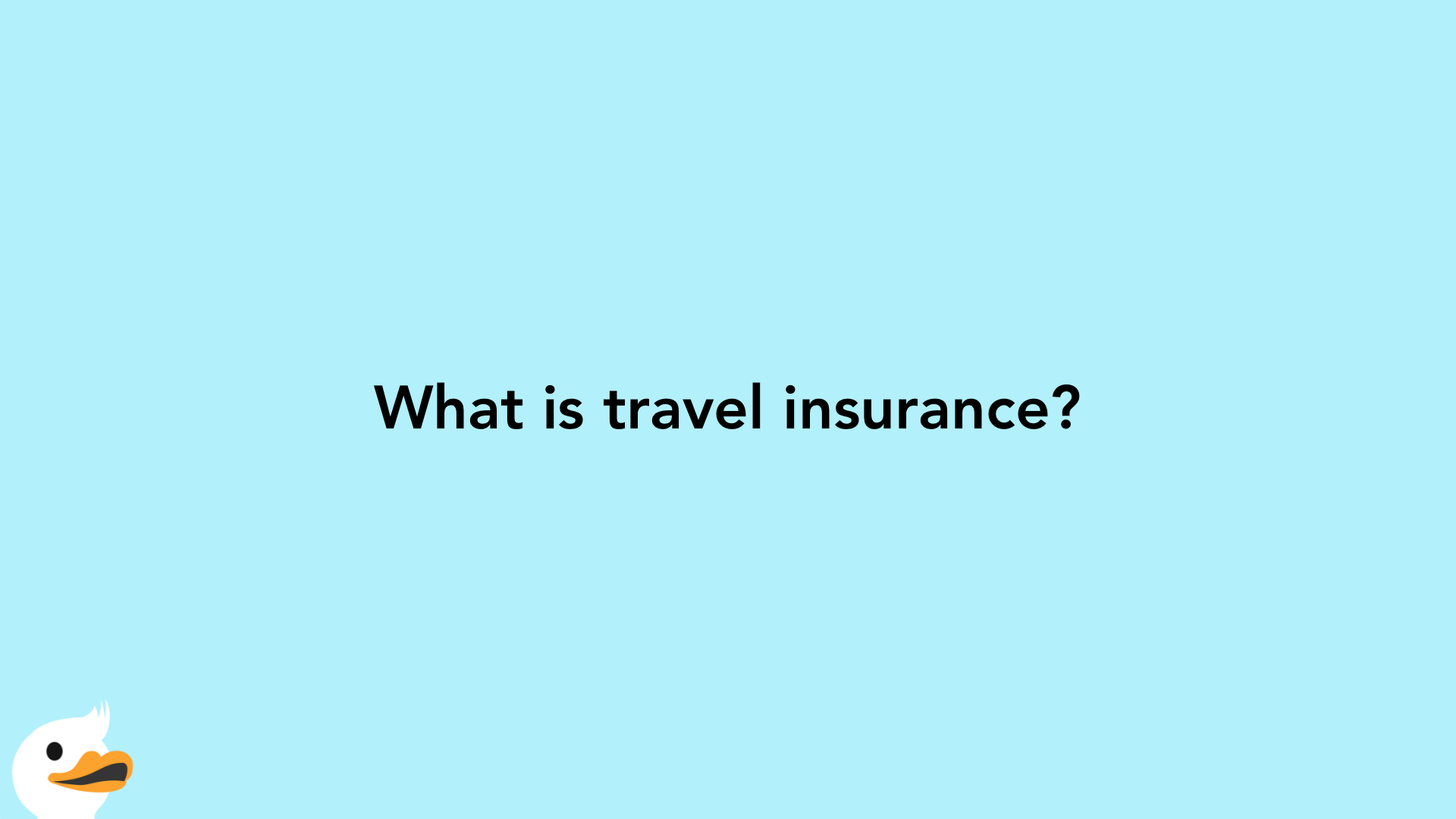
Travel insurance is a type of insurance or protection that helps cover any unexpected costs that may arise while you are traveling. Like most insurances, you don’t want to regret not buying it when you actually need it, but you also don’t want to pay for something that you don’t need or may use. Travel Insurance covers a few different categories: travel cancellations, travel inconveniences, loss or damage to baggage and personal items, travel emergency medical and evacuation, as well as accident or death.
Things to Consider

What is the process of using my credit card’s travel insurance?
Some credit card companies have, in the very fine print, an activation process. This means that it is not automatic. You will probably need to contact your card issuer to inform them of your travel dates and likely, purchase the airline tickets with the same card. Additionally, if you ever need to make a claim, you will need to inform them immediately, usually within 24 hours of the emergency, and retain certain documents in order to be reimbursed.
Is the place you are traveling to covered?
Some complimentary travel insurance policies only cover international travel. Others may cover domestic trips as well. There are also a few particular areas that a credit card company may choose not to cover, such as particularly dangerous or remote places. You have a bit more flexibility with stand-alone travel policies. Of course, the premium will vary by location as well.
Is the length of your trip covered?
Most free travel insurance policies cover trips between 3 to 6 months. It is possible to ask for an extension, for a fee. On the other hand, most stand-alone travel insurance policies have annual packages that cover your trips up to 12 months at a time.
Are you comfortable with the level of coverage?
You can claim up to a specified maximum amount in each category that you are covered by your credit card’s travel insurance. However, are you comfortable with the level of coverage? For example, the HSBC Visa Infinite Credit Card covers medical expenses incurred overseas of up to S$100,000 and has a S$10,000 benefit for follow-up treatment in Singapore. However, the ANZ Travel Visa Signature Card only covers up to S$25,000. Remember, anything beyond the maximum coverage amount is “excess” and the cardholder will need to cover the difference. This is especially important if you are planning to do any dangerous or high-risk activities, such as parachuting out of an airplane. Stand-alone travel insurance policies have options for risk takers, whereas your credit card company does not.
Another thing to consider when reflecting on “enough coverage” is how expensive your valuables are. If you are traveling with expensive jewelry or electronics, you would definitely want them covered by your insurance. A stand-alone travel insurance policy will likely have a higher maximum coverage amount than your credit card's free travel insurance policy. Be sure to read the terms and conditions about lost, stolen or damaged items. In some cases, travel policies differentiate what can happen to your possessions before compensating the loss.
Are you traveling with family?
In most cases, the travel insurance only covers the cardholder. However, if you are traveling with your spouse and children, your policy may cover them to a lower limit or may not cover them at all. If your entire family were in an accident, your medical bills would be quite hefty. If you are not traveling alone, you may consider a stand-alone travel insurance policy that protects more people and covers a greater amount.
Do you have any pre-existing medical conditions?
Almost all the terms and conditions that I have read while researching different complimentary travel insurances, distinctly state that pre-existing medical conditions are not covered. All medical insurance must be an unforeseen emergency. On the other hand, stand-alone travel insurance policies are a bit more flexible with this. Certain pre-existing conditions may be covered. However, of course, this will come at a premium as well.
Do you have any other personal insurance policies?
There may be some overlap with insurance policies that may work in your favor. For example, if you already have life insurance that covers death or dismemberment, you don’t need your travel insurance to cover you. Similarly, if your health insurance covers emergencies abroad, your credit card’s travel medical insurance is suddenly not as important. Therefore, if you have other insurance policies, which you probably already pay for, you may not need to purchase another stand-alone travel insurance policy if it already comes as a perk of your credit card.
Final Thoughts

It is most important to know the terms and conditions of your credit card’s travel insurance before making a decision about whether to go out and purchase another policy. If you are like me, you probably want as much coverage as you can get. You only need one unfortunate incident before you immediately regret not having enough coverage to protect you.







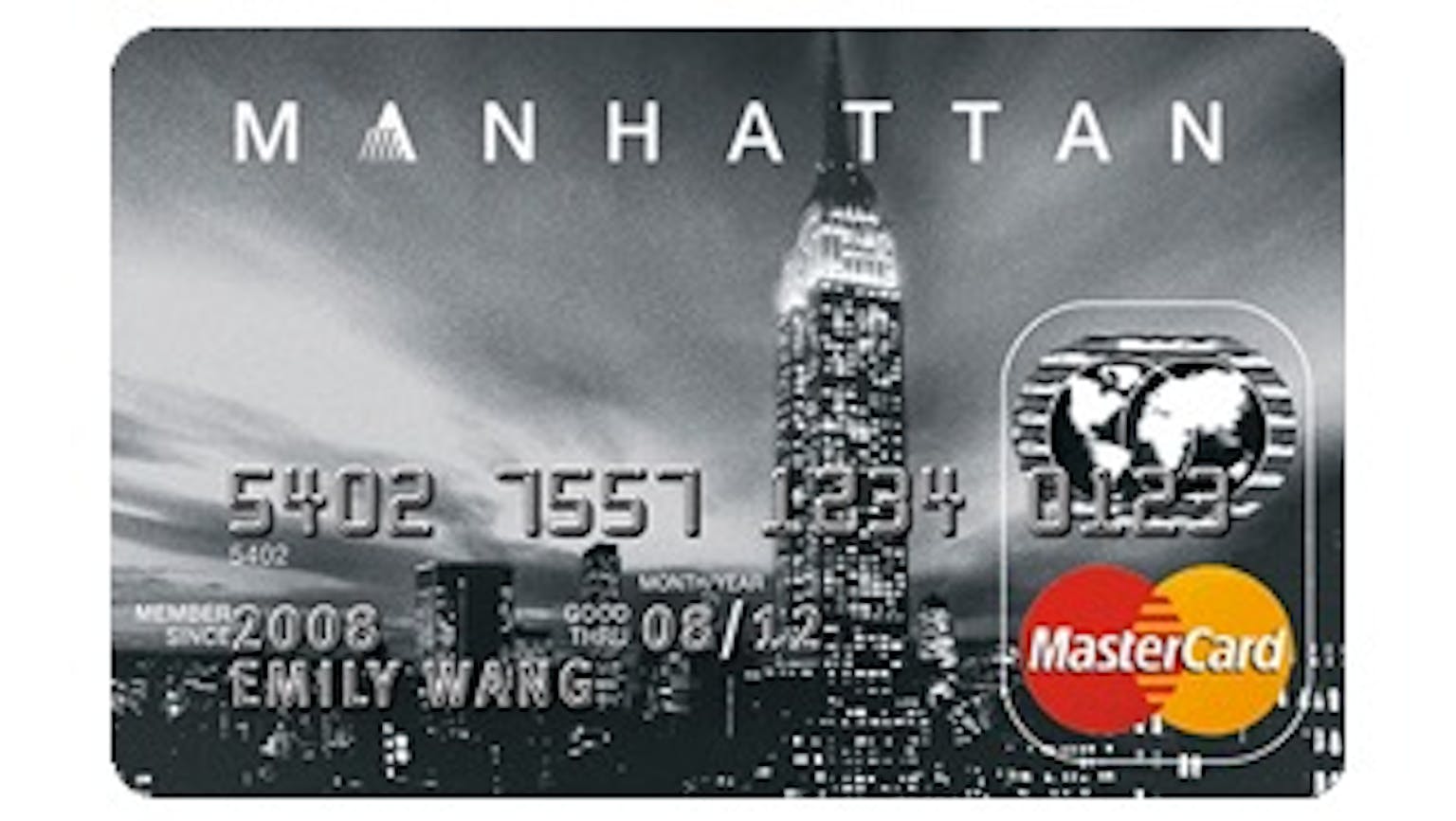

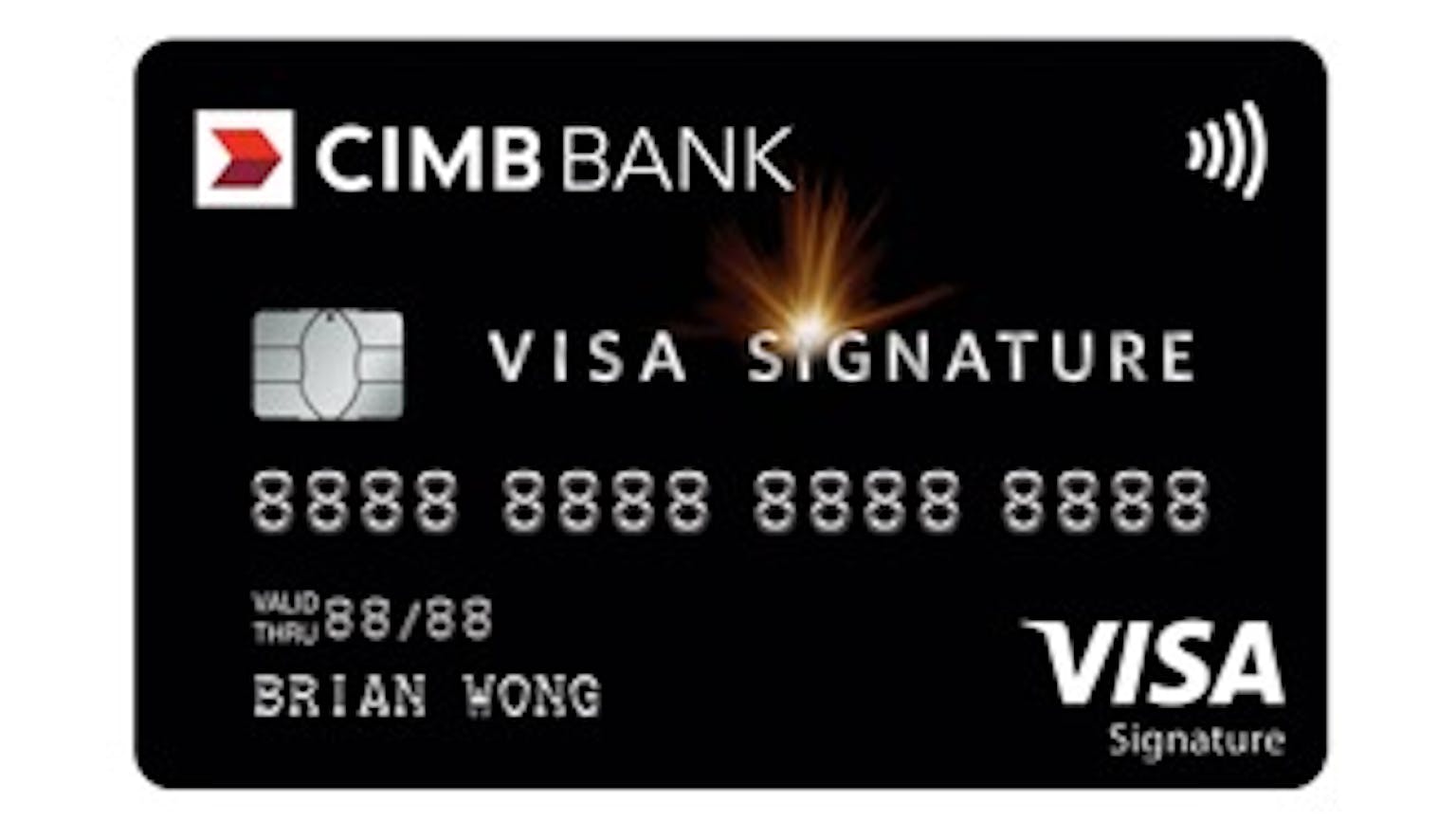

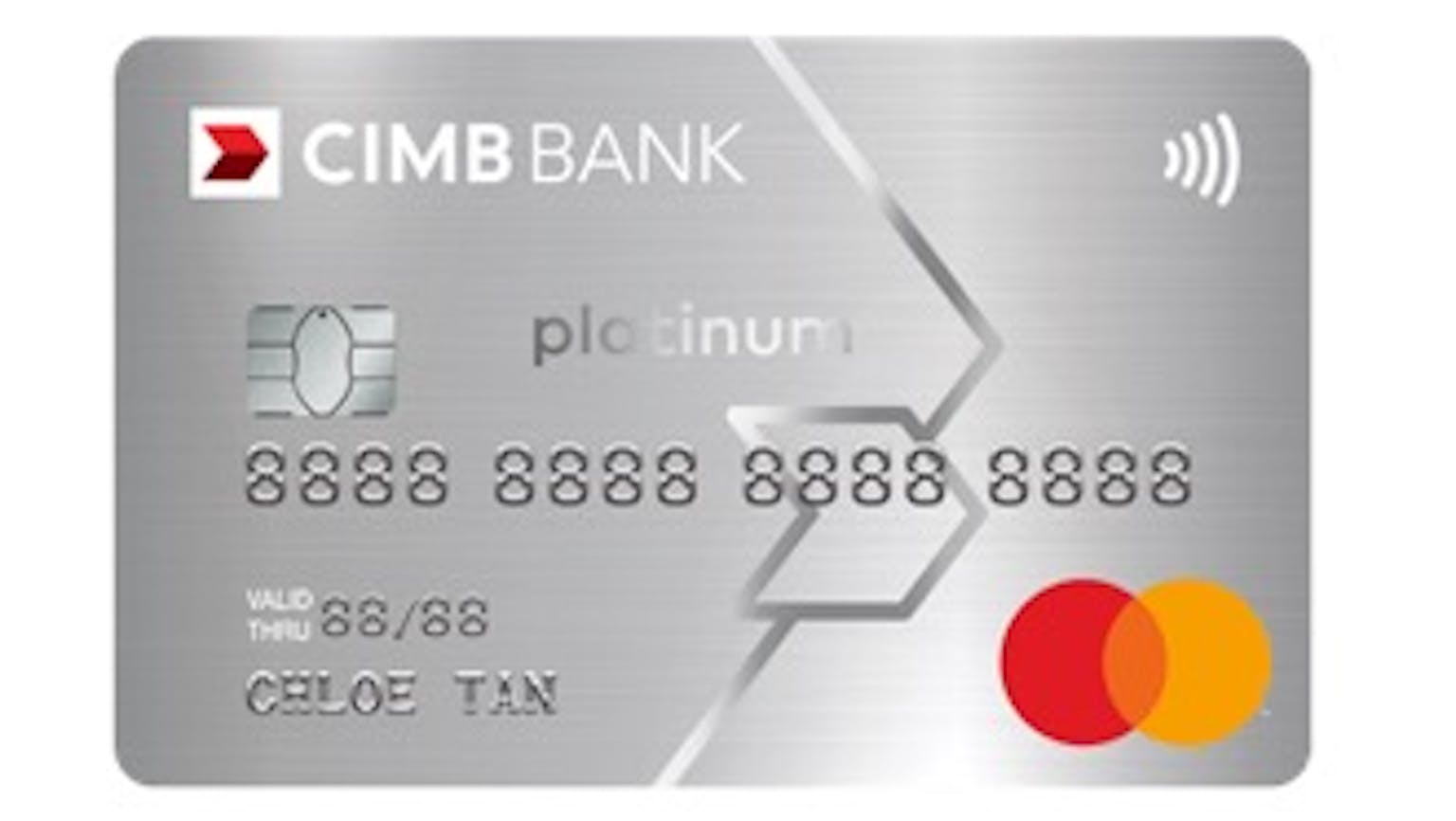
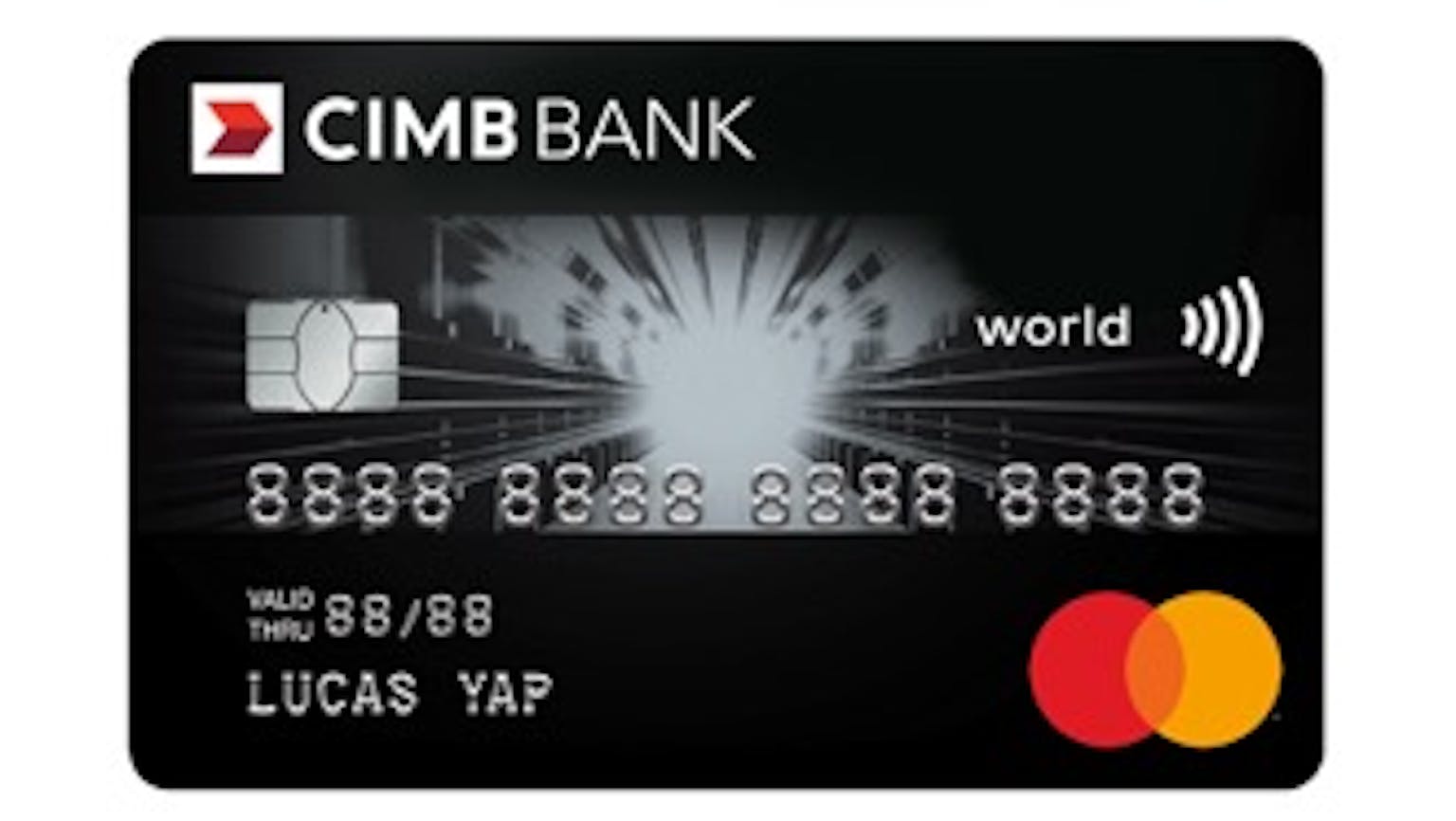








Please leave your knowledge and opinion!